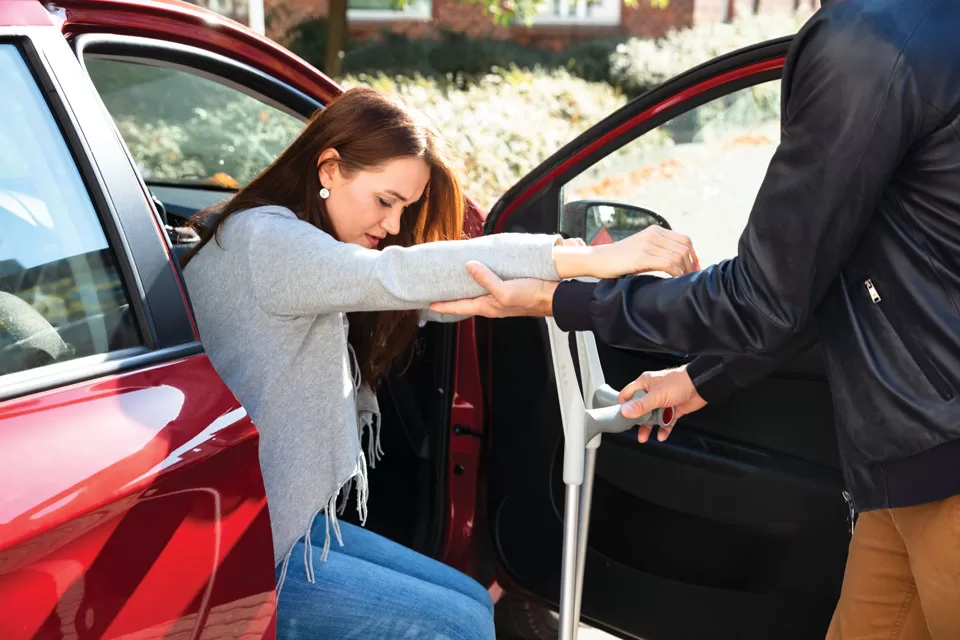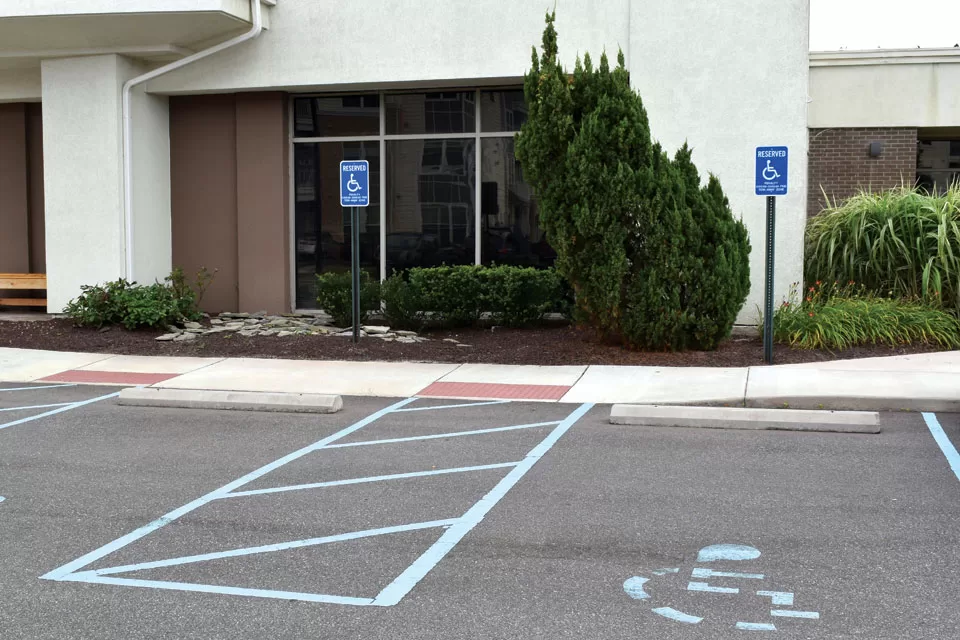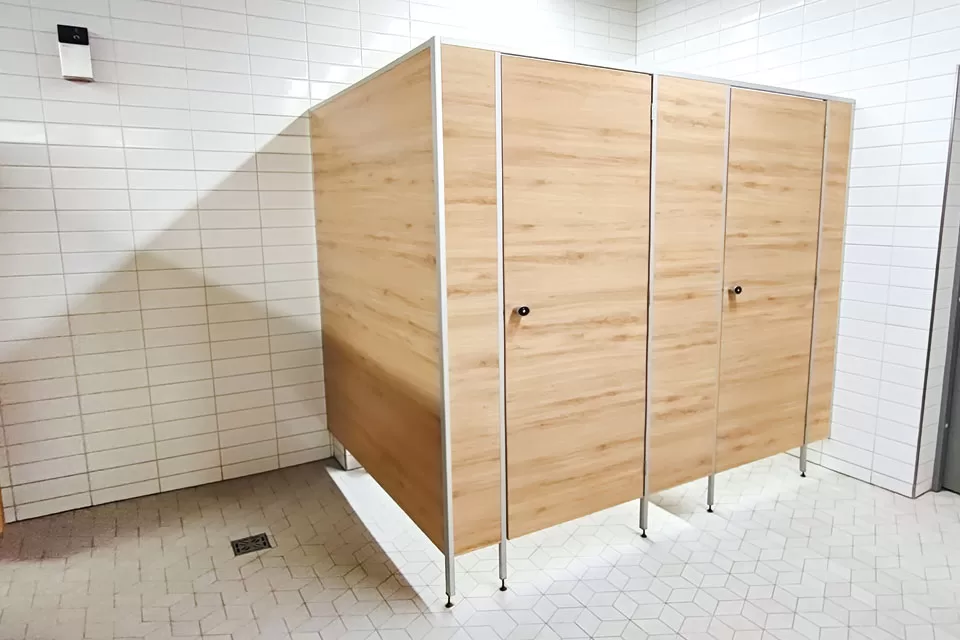
On several occasions during the past many years, we have written about things that differentiate one restaurant from another, from proximity, to ambiance, to service, to food quality. What we have never touched on is what characteristics make a restaurant appealing, or less than appealing, to someone who is handicapped. We are not authorities on the subject but have had enough experience with family members being in wheelchairs and on walkers to have developed some feelings on behalf of this category of customer.
When we who meet that description decide to enjoy dinner out of the house, we consider whether the parking lot has handicap parking spaces, how many are available, and how close they are in proximity to the front door or valet of the business. If the parking is not reasonably close, we pass and search for a better alternative. What is a real shame is businesses and municipalities that choose not to enforce the laws reserving those spaces for the ones that need them most, and a lot of the disregard of the law results from delivery services parking in a reserved space for “just a minute” while they retrieve food to deliver outside the building. Once adequate parking is at hand, we need to be cognizant of the surface of the parking lot. It may sound silly, but if a handicapped person cannot navigate the parking lot, it doesn’t matter where the space is located. Conditions such as potholes and an uneven surface can be worse than not finding a reserved space at all.
So, now we have successfully made it inside and are ready to be seated. Consideration turns to whether the tables are so close together that a wheelchair or walker cannot easily operate between them and whether, once seated, there is space to leave the equipment and relax in a soft chair.
During or after the meal, the real conundrum arises in whether the handicapped person can direct their equipment to the bathroom area without having to ask patrons to interrupt their servings to accommodate the needs of the operator. And then, the real test. Are the bathroom doors so heavy that assistance is required to admit one in a chair or walker into the desired area. It is remarkable how difficult many bathroom doors are to open, even for those who able to lift heavy weights and run marathons.
Finally, once the desired equipment has been located, the cruelest fate befalls the person in need when they discover that the stall designated for the handicapped is being occupied by an employee who is changing clothes to prepare for the next shift. And, to add insult to an already bad situation, the manager of the establishment couldn’t care less that this situation is playing out several times a night.
So, there is how to evaluate restaurants from the perspective of those who have special needs, but whose needs are irrelevant to a significant slice of our population.


